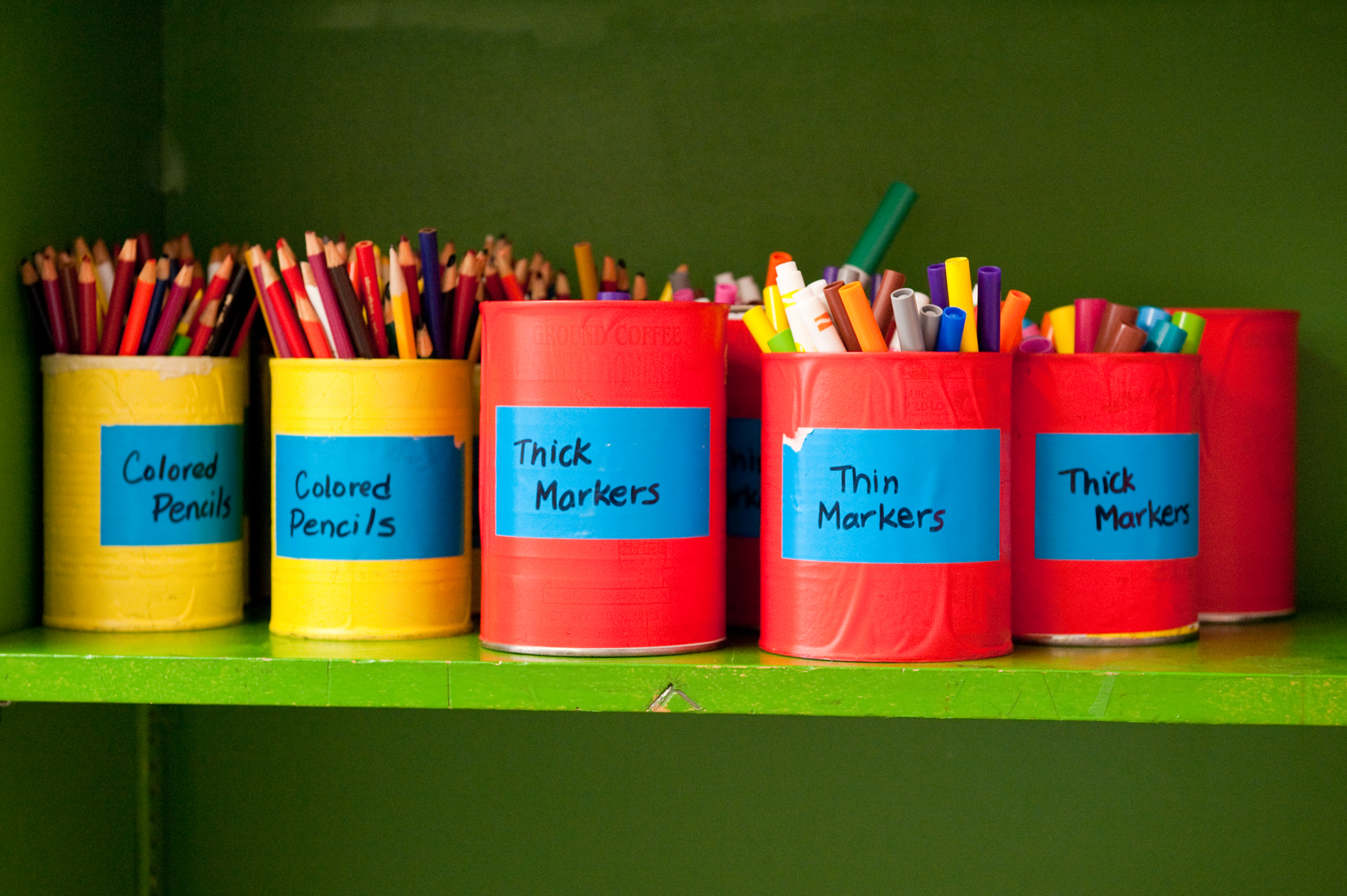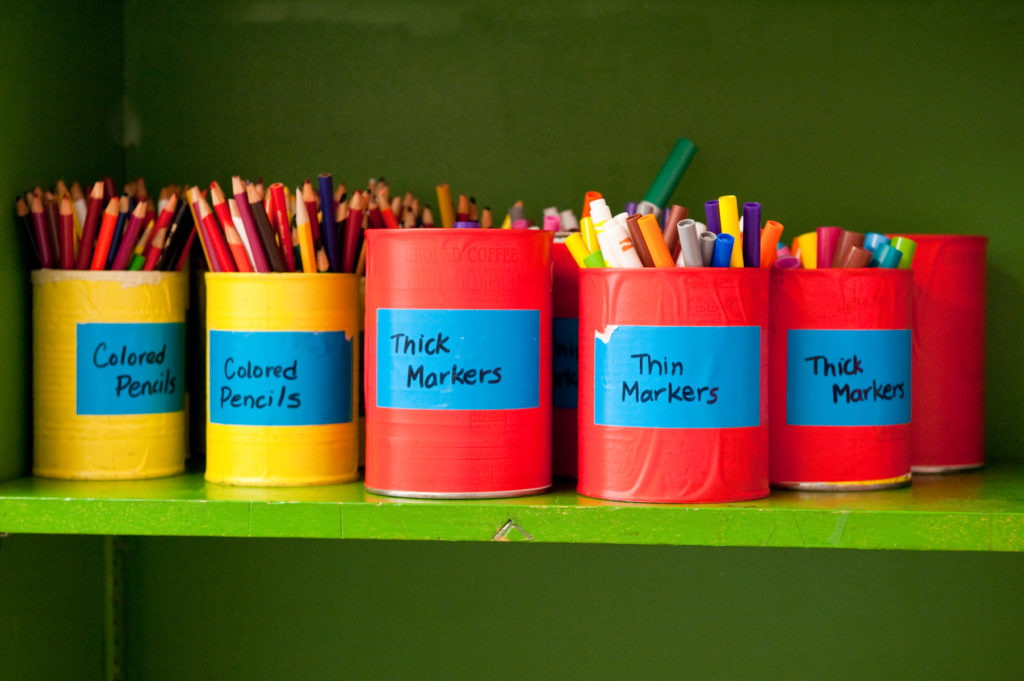Go Slow to Go Fast

 My second grade class sits cross-legged on the rug. It is the first day of school, and I’m introducing a classroom tool that the children will be using today and all year. “What is this?” I ask as I hold up the colorful box. Hands shoot up like popcorn with an occasional “ooh-ooh” tossed into the enthusiastic mix. I call on the child who is opening his mouth to blurt the answer.
My second grade class sits cross-legged on the rug. It is the first day of school, and I’m introducing a classroom tool that the children will be using today and all year. “What is this?” I ask as I hold up the colorful box. Hands shoot up like popcorn with an occasional “ooh-ooh” tossed into the enthusiastic mix. I call on the child who is opening his mouth to blurt the answer.
“Crayons! A box of crayons!” he calls out.
“What can we use crayons for?” Suggestions are given by knowing seven-year-olds. I pass out paper so these eager second graders can try out some of their creative ideas right in the moment. We share what we’ve drawn, shaded in, written, colored with overlapping colors, and I offer encouraging comments. From there we move to where we keep crayons and how we take care of them.
It seems so obvious: crayons, a classroom tool used since pre-K. But by starting with a fresh introduction and exploration of their potential uses, the class gains renewed enthusiasm for this everyday material and everyone is clear on the expectations for its care.
Over the first few weeks of school, we do a great deal of this kind of basic learning about the world of our classroom. Just as with the crayons, I use the practice of Guided Discovery with materials that children can use in lots of different ways—pencils, markers, math manipulatives, water colors. And I use Interactive Modeling for things that need to be used or done in a certain way, such as how to use scissors, order lunches, stand in line, hang up coats and backpacks, and select books from the classroom library.
Using one or the other of these two Responsive Classroom practices, I teach where things are kept, how they can be used, and how they are put away. The class learns how to generate ideas and get started with writers’ workshop. We practice how to select books from the classroom library and how to work with a math partner.
The goal of this snail pace, or what I call the Tai Chi phase of second grade, is to build a sense of independence and ownership of our classroom.
While the supplies and routines I introduce seem simple, something that seems obvious to adults is not so obvious to second graders. Take notebook paper for instance. Often, they don’t realize that the margin and holes go on the left of the front of the paper. Sometimes, they don’t even know the top from the bottom of the page. They used different paper in first grade, the type with dots down the middle. I expect them to write on just one line. It is an adjustment.
This careful introduction takes time. I am personally a fast “let’s get moving” type and I frequently have to rein in my impatience to move more quickly. I have found that when I rush through teaching a concept or a classroom skill, I almost always have to go back and reteach it. So I take a lot of deep breaths and think of the tortoise and the hare. Slow and steady wins the race.
From experience, I know the teaching of materials and routines pays off with rich dividends. Usually by Halloween, my class is largely self-sufficient. I’m able to work with a small group while the rest of the class does their work, alone or with partners, using moderately quiet voices. They solve most of their dilemmas without me.
By December, partners are doing research, selecting their own projects, and preparing presentations. The children throw open the cupboards, drag out materials, select books at their reading level on their topic. They create amazing, high level, collaborative work. They share resources and then clean up, all while I work with groups or individuals. I can move through the room, fine tuning, coaching, and reveling in their abilities.
I feel as if I’m the director of a symphony where a simple directive produces a rich second grade composition of belonging and competence. The underlying melody is to the tune of the slow and steady steps of September structure.
Learn More
The Responsive Classroom approach offers two strategies for introducing materials and routines at the start of the year:
- Interactive Modeling—for introducing materials and routines that you want students to use or do in a specific way. Unlike conventional modeling, Interactive Modeling gives students an active role in the moment and allows you to immediately assess their understanding.
- Guided Discovery—for introducing materials that can be used in many creative ways. Guided Discovery lessons not only help students explore potential uses of supplies that are new to them, but also rekindle excitement for materials they have been using for years. Guided Discovery also teaches students how to care for materials so that they last as long as possible.
Lee-Ann Meredith taught second grade at John B. Murphy Elementary School, a Chicago public school, for thirteen years. She used the Responsive Classroom approach throughout her teaching career and believes that a social curriculum supports academics. She is the author of Angels in My Classroom: How Second Graders Saved My Life and is a frequent contributor to theeducatorsroom.com.
Tags: Academic Choice, Guided Discovery